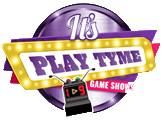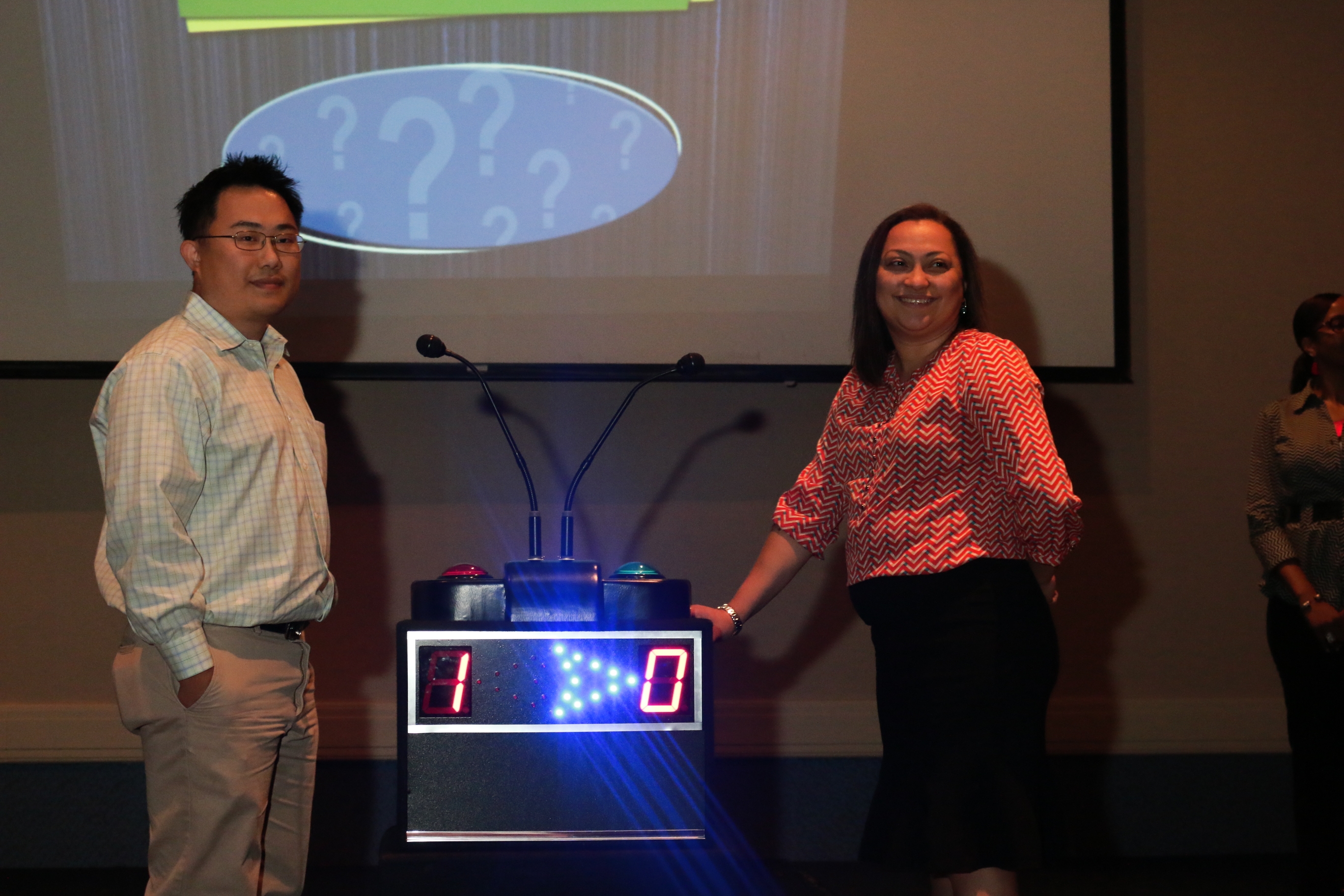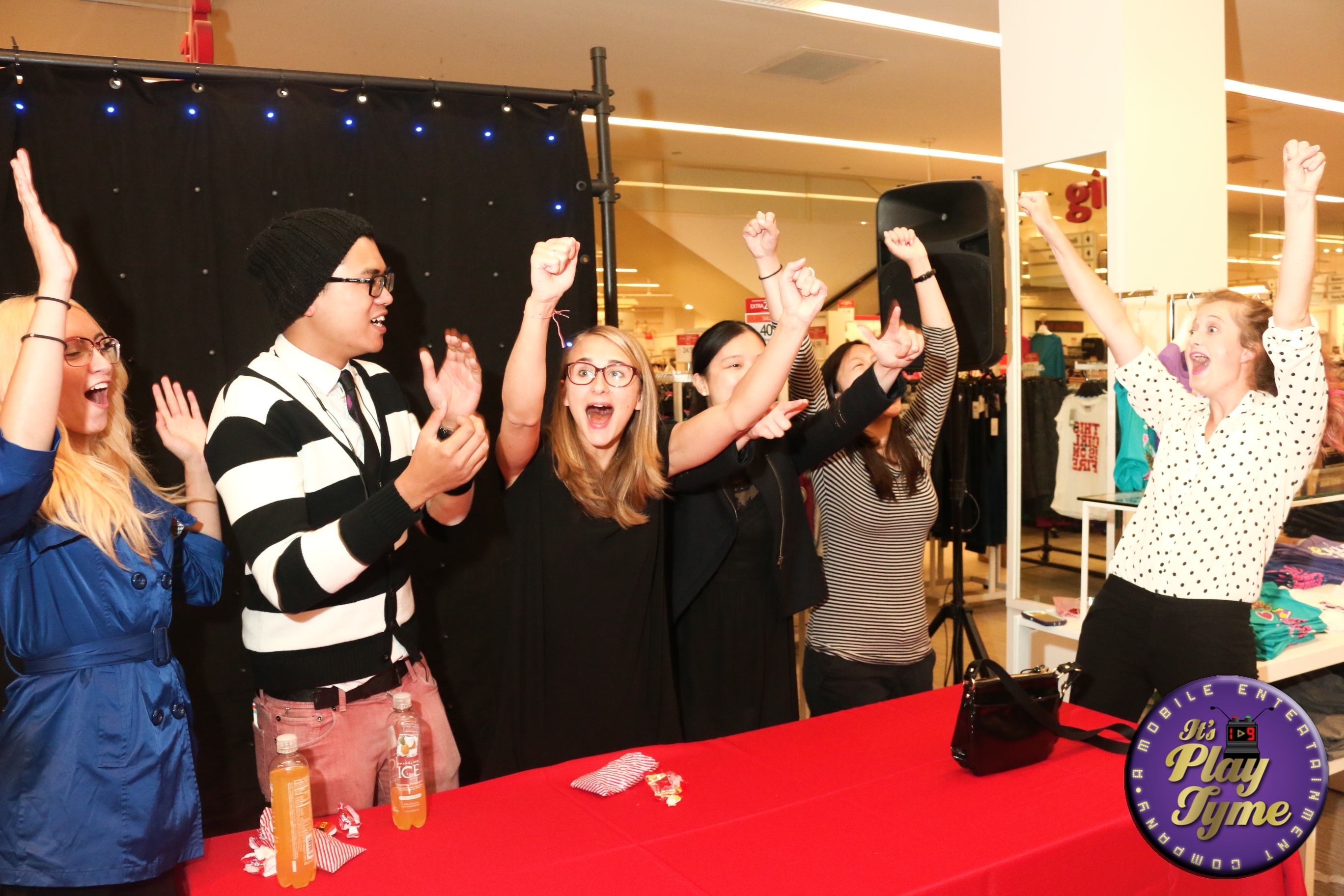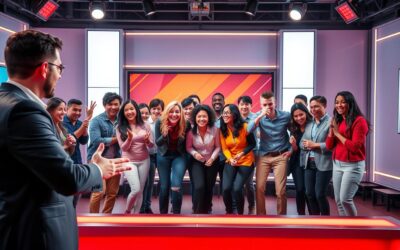By 2021, gamification for pharmaceutical companies can expect 2.7 billion people will be playing more online games according to NewZoo, a gaming analytics firm. The world of digital gaming is spreading fast. Pharmaceutical companies are catching on, using games to reach and teach both patients and
employees. The market for game-based health tools and activities was over $16 billion in 2016, says Global Market Insights. These tools mix health info with fun games. This way, players stay interested and learn more over time. Good health knowledge leads to better health choices which is a win-win scenario.
Games can do more than just pass the time. They can help with training as well as help patients recover from strokes or manage pain better.
For instance, Bandit’s Shark Showdown helps with stroke rehab. SnowWorld tackles pain for burn victims. These are just a few examples of how games can make a big difference in healthcare.
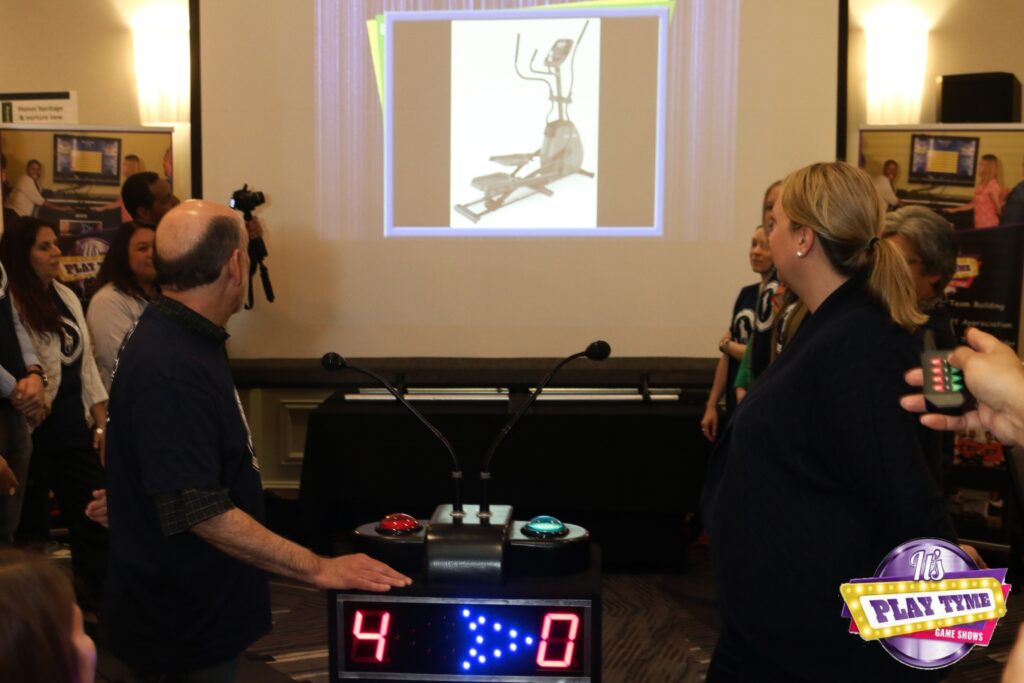
Key Takeaways
- Gamification for pharmaceutical companies harnesses the popularity of digital games to improve patient engagement and education.
- The healthcare gamification market exceeded $16 billion in 2016, showing strong investment and growth in this innovative approach.
- Interactive game activity can significantly enhance patient outcomes, as evidenced by applications like Bandit’s Shark Showdown and SnowWorld.
- Engaging and educating patients through gamification software contributes to continuous patient involvement and better health results.
- Pharmaceutical companies can leverage gamification as part of a holistic healthcare marketing strategy.
Understanding Gamification in the Pharmaceutical Industry
Gamification is more than just fun. It’s about applying game design elements to motivate others in non-gaming areas. In the pharmaceutical industry, gamification uses game-like aspects such as rules, challenges, rewards, and stories.
This helps in achieving bigger goals such as independence and reaching targets.
Key Concepts of Gamification
When it comes to healthcare, gamification is designed to make learning and events more enjoyable. It uses tasks like challenges, quizzes, and competitions to get people participating. This engagement is key to understanding and remembering the important information.
Using gamified methods, organizers can learn more about their audience. This leads to better tailored future events and improved experiences. Gamification also helps in medical education and marketing to the public. It can speed up progress in research, awareness of diseases, and efforts in prevention.
The Role of Gaming Mechanics
The design of game-like features encourages people to take part and stay motivated in healthcare events. Good game design can help patients get healthier, understand medical advice better, and follow it correctly. Technologies such as The Training Arcade® are used worldwide to make learning more effective.
The Training Arcade® has eight games ready to use in 16 languages. You can add your own educational content quickly. It works on various devices and is great for online and in-person learning. The games give detailed reports on how individuals and groups are learning, helping to focus on specific needs.
Abbott Brazil saw great results when they used gamification in a product launch, reducing the knowledge gap from 27.5% to 7.5%. This shows the strong impact of gamification in marketing for healthcare. Games can be tailored for users with busy schedules, increasing their knowledge and keeping them interested with apps like Atrivity.
How Gamification Enhances Patient Engagement
Gamification can change how patients interact with pharma. By combining learning and fun, health games make taking medication interesting. They also boost patient involvement and teach better health habits.
Educational and Motivational Aspects
Gamification mixes education with the power of play. It helps people understand why they need to take their medicine, eat well, and stay active. Doe to this, people feel excited about getting and staying healthy. This happens through fun and rewarding health games.
Games use tools like tracking progress and getting virtual prizes. These keep people motivated. They help patients feel like they’re winning at health. This is important for keeping up with a health plan.
Real-World Examples of Success
Some games are already making a big difference for patients. Like Bandit’s Shark Showdown, which helps stroke patients with their motor skills. This game from Johns Hopkins School of Medicine makes therapy fun.
Then there’s SnowWorld, aiding burn victims in dealing with pain. It uses virtual reality to distract from the hurt. Its success comes from reducing pain by 80%, shown in brain scans. These games are making a real impact in healthcare.
The market for healthcare games has grown a lot. It reached more than $16 billion in 2016. More and more pharma companies are using games to meet patient needs. This way, they encourage better health actions and care.
| Application | Purpose | Outcome |
|---|---|---|
| Bandit’s Shark Showdown | Treat stroke patients | Improved motor skills |
| SnowWorld | Alleviate pain in burn victims | Reduced pain signals |
Got In-Person Games? – PRESS PLAY! #funatwork boostmorale
If you need help planning exercises for your next team builder, look no further.
We travel all over the NYC metro area to perform live shows.
Contact us, as we have a plethora of fun exercises, games and challenges used to break the ice at any corporate event or party.
Free consultation and explain how it works in 3 simple steps.
Gamification Strategies for Healthcare Marketing
Using gamification in healthcare marketing combines smart design, focusing on patients, and uses proven strategies. Online games are incredibly popular, with around 2.7 billion users estimated for 2021. This means there are big chances for drug companies to connect with people, but it needs careful planning.
Designing Effective Gamified Systems
For a game to work well, it’s key to involve skilled game designers and look at what patients really want. Companies should aim to create in-game currencies that have real meaning for the players. Adding rewards that appeal to both their inner desires and outer achievements can keep them interested.
Make the game clear with specific goals, offer feedback quickly, and show how far players have come. Use features like moving up levels, earning rewards, and gaining points to encourage people. These methods help in making the game fun and keeps players in it for the long run.
Leveraging User Data for Better Outcomes
After a game is launched, using feedback from players is crucial to make it better. By watching how they interact and making changes, the game can fit their needs more. Knowing their progress in real-time helps players see where they stand and what they can do to get better.
Features like leaderboards can make things exciting by adding friendly competition. Badges and medals give players something to show off and be proud of, which makes them more involved. Creating a community within the game can also support teamwork and encourage everyone to do better together.
When pharma companies focus on what patients need and use data smartly, their games can help make healthcare marketing better. This way, they contribute to improving the health outcomes of the people playing their games.
Benefits of Gamification in Pharma
Gamifying the pharmaceutical industry has numerous benefits. It uses game elements to make patient care more engaging. This leads to better health outcomes and more active patients.
Increased Patient Activation
Gamification boosts how involved patients are. Through fun games, patients feel like they’re in charge of their health. This helps them manage their health better and take more actions to stay well.
Better Health Literacy and Education
Games also boost understanding medical info. They turn complicated health details into fun and easy-to-grasp content. This makes it easier for patients to learn about their health and how to stay well.
Motivating Medication Adherence
Games help patients stick to their medication plans. Studies show that games like MedScrab can make taking medicine more enjoyable. As a result, patients are more likely to keep up with their treatments.
Research by experts like Hope, D. L., Grant, G. D., Rogers, G. D., & King, M. A. (2023) confirms this. They found that gamification in pharmacy education boosts engagement. The fact that the healthcare gamification market hit over $16 billion in 2016 shows its significant impact.
| Benefits | Supporting Data |
|---|---|
| Increased Patient Activation | Gamification fosters autonomy and proactive care |
| Better Health Literacy and Education | Educational games simplify complex medical information |
| Motivating Medication Adherence | MedScrab’s success in adherence promotion |
Gamified Solutions for the Pharma Industry
The pharma industry is finding gamified solutions for pharma industry very useful. These tools help share information better, keep knowledge in mind, and interact with professionals and patients. For example, Atrivity gives great tools for content delivery and insights. This helps in planning marketing and training.
New ways of engaging with healthcare are at the heart of change. Training games give clear data to find out where learning lacks. The Game Agency’s games are used in many places worldwide, showing how flexible and far-reaching gamification technology is.
Our games can be played on the web and are easy to use on phones and tablets. This means they’re perfect for pharma sales teams all over. The information from playing these games includes many metrics. These help companies make better decisions.
Then, there’s The Training Arcade®, ready with eight games for training. They can be set up quickly in 16 languages with any content, and no programming is needed. This quick setup lets pharmaceutical businesses use gamification fast and effectively.
While many companies try healthcare gamification, not all succeed in engaging patients. Fast launches and poor design are common reasons for this. To make a great gamified solution, it’s key to use what users say, do solid design work with them, and get help from expert game designers.
Successful gamified solutions for pharma industry mix both self-rewards and outside motivations to keep patients involved long-term. Game features focusing on smaller acheivements can be very rewarding. By keeping an eye on the effectiveness of these games and weaving them into larger health support plans, pharma firms ensure their success in the long run.
Here’s a side-by-side look at some top gamified solutions:
| Solution | Key Features | Languages | Deployed In |
|---|---|---|---|
| The Game Agency | Measurable data, Global adaptability | 20+ | 100+ countries |
| The Training Arcade® | 8 training games, Rapid deployment | 16 | Global |
| Atrivity | Dynamic delivery, Robust analytics | Multiple languages | Global |
These innovative healthcare engagement options are clear signs of innovation and flexibility in the pharma world. Gamification is key to making experiences that work well, can be measured, and are fun for everyone involved.
Challenges in Implementing Gamification for Pharmaceutical Companies
Gamification in the pharmaceutical world offers new chances but comes with its own challenges. The healthcare gamification market was worth over $16 billion in 2016. Yet, many pharma efforts miss the mark due to weak user involvement or feedback problems.
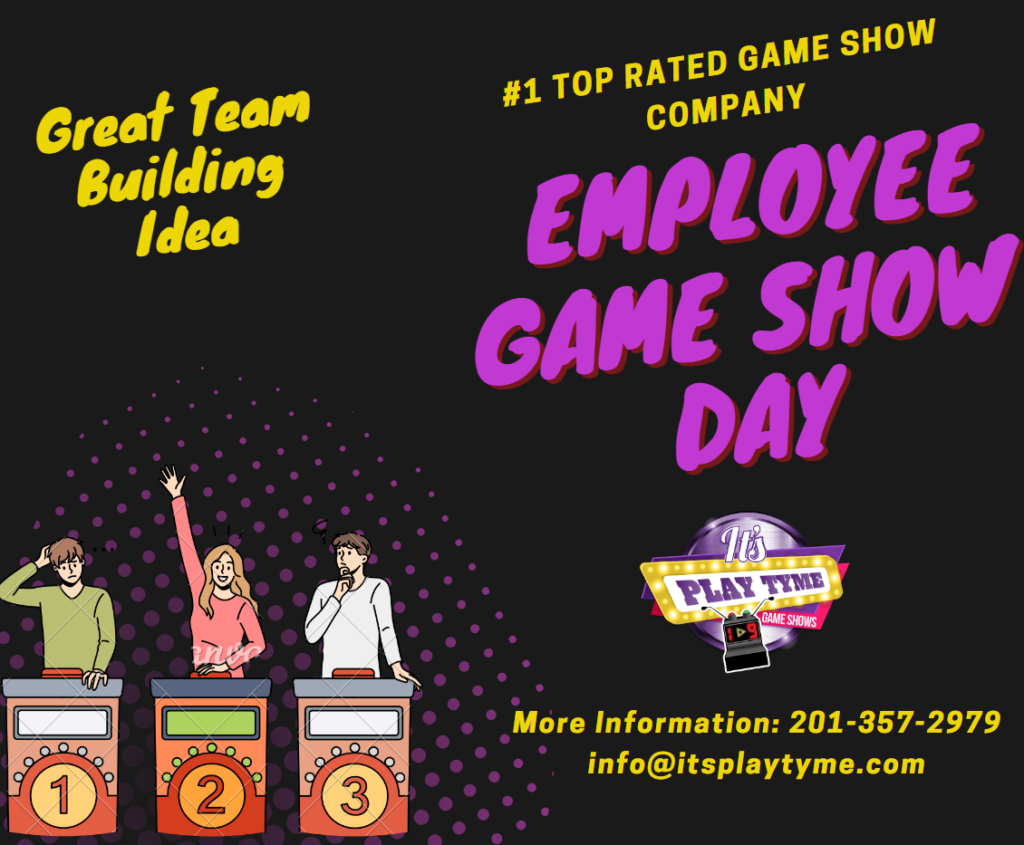
employee-engagement-game-show-idea
It’s vital to know what drives users and how they act. Health apps with game elements can boost participation by 48%. But, failing to listen to users can lead to launch problems, like low engagement. Getting user feedback and using their data can make a big difference.
Adding rewards, both intrinsic and extrinsic, can keep patients engaged. But, offering too much can backfire. In fact, too many rewards may lead to a 25% fall in user interest. So, balancing rewards and listening to what users say are crucial.
There are also big ethical concerns to face. Bad practices in health gaming reduce user happiness and commitment by 15%. To fight this, deep audience research and ongoing changes should focus on patient needs. This is more important than just seeing game results.
Pharma firms must think long-term and patient-first in their approach. They should tie gamification to better support patients overall. This way, it enriches the care strategy.
Pharma Gamification Trends to Watch
The pharma gamification field is changing fast. It’s all thanks to new tech and how patients respond. Social media in pharma gamification is a big hit, letting experts share fun, educational games. These games spur good habits.

audience response system for in-person engagement games
Social media is turning heads in pharma games. Marketers and professionals use online platforms to get info out. These days, games are key in getting patients more involved and know about their health.
Games that look like real life are now big in teaching about sickness and meds. They come with tools to help track health stats. By using games, doctors can help their patients do better. This shows that playing can really change how we act.
Even pros, like pathologists, are seeing the benefits of game-based learning. Games help them work faster. This boost is thanks to smart, individual-focused games used on phones.
Doctors are starting to see the value in using games to connect with their patients. Gamification allows medical companies to inform and advertise more creatively. Over time, we’ll see more of how using social media in pharma gamification helps everyone learn better.
The global healthcare gamification market is forecasted to exceed $47,281.5 million by 2026, with a Compound Annual Growth Rate (CAGR) of 11.9% during the projected period.
Measuring the Impact of Gamification in Pharma
It’s important to check the effects of gamification in the pharmaceutical industry. This helps us see if it works and plan better strategies. Games should be able to track how much people learn and if their actions improve because of the games. This way, drug companies can make their games better, help spot where more learning is needed, and offer lessons that suit patients and doctors best.
In health, companies can now reach a huge online gaming market. By 2021, about 2.7 billion people are expected to play online games, says NewZoo. The use of game elements in healthcare has grown a lot, hitting over $16 billion in 2016, as stated by Global Market Insights. Games like Bandit’s Shark Showdown and SnowWorld show how they can make a big difference.
Pharma can better its games by watching how users engage and making changes as they go. This method helps to see if the games really help patients. With data and working together with game experts, companies can make sure their games keep being liked and used.
One key is to research with patients to find what they really care about. Adding both fun game parts and rewards that matter to patients, like points or prizes, can make a game really interesting. Keeping patient info private and following rules like HIPAA is a must for these efforts to work.
The outlook for using games in healthcare is bright. By 2026, the global market for health games is expected to go beyond $47,281.5 million. This shows that using game elements is getting more popular and showing good results in patient care.
Future Outlook for Gamification in Pharma
The future of gamification in healthcare looks bright, especially in the pharma world. Due to the spread of digital tech and better understanding of what patients need, gamification helps a lot. It’s great for teaching both patients and employees. For patients, it makes sure they follow their treatments, and manage their conditions.
Through games and competitions, patients and healthcare workers stay more involved and remember key information better.
Gaming in pharma will create safe places for learning and skill-building. Gamified events will boost teamwork, open new business doors, and form strong relationships. Doctors will find these gaming setups especially useful for pushing their research forward quickly.
By 2030, the market for healthcare games could grow to be worth over USD 11 billion. These games will be even more powerful in changing health behaviors, thanks to social media and improved technologies. The main goal is to make patient care and results much better by making health info and learning fun.
FAQ – Gamification for Big Pharma

frequently asked questions
What is gamification for pharmaceutical companies?
Gamification uses game design to engage patients. It makes health tasks fun and rewarding. Patients learn more about their health and stick to medication plans.
How does gamification benefit patient engagement?
Gamification makes health tasks fun and rewarding. It encourages patients to stay informed and make better health choices. This is done through game-like rewards and interactive tools.
What are some examples of successful gamification in healthcare?
Games like Bandit’s Shark Showdown and SnowWorld show gamification’s success. They make improving motor skills and coping with pain enjoyable. These games better patient health outcomes through fun designs.
How can pharmaceutical companies design effective gamified systems?
For effective gamified systems, pharma companies work with game designers. They use patient data and focus on user needs. Balancing game fun with health education makes effective experiences.
What role does user data play in gamification for pharma?
User data customizes gamified experiences for patients. It tracks progress and offers feedback. These insights improve the game and patient care through revamped design.
What are the key benefits of gamification in pharma?
Gamification boosts patient involvement and knowledge in healthcare. It spurs better drug use and health management. It helps patients understand health issues and take control of their care.
What challenges do pharmaceutical companies face when implementing gamification?
Pharma companies might rush, have bad designs, or ignore feedback. Misusing game mechanics in health can hurt the strategy. Keeping up research and updates is key to solving these.
What are some emerging trends in pharma gamification?
Pharma’s new trends include social media, crowdsourcing, and pro competitions. These improve health campaigns and medical knowledge through interactive games.
How can companies measure the impact of gamification in pharmaceuticals?
Strong analysis tracks how games affect understanding and behavior. It fine-tunes gamified approaches. This improves tailored learning in health games.
What is the future outlook for gamification in the pharmaceutical industry?
The future looks good. As tech and patient understanding improve, so will gamification. It will be vital for health learning, drug use, and disease control. This leads to better patient health.
